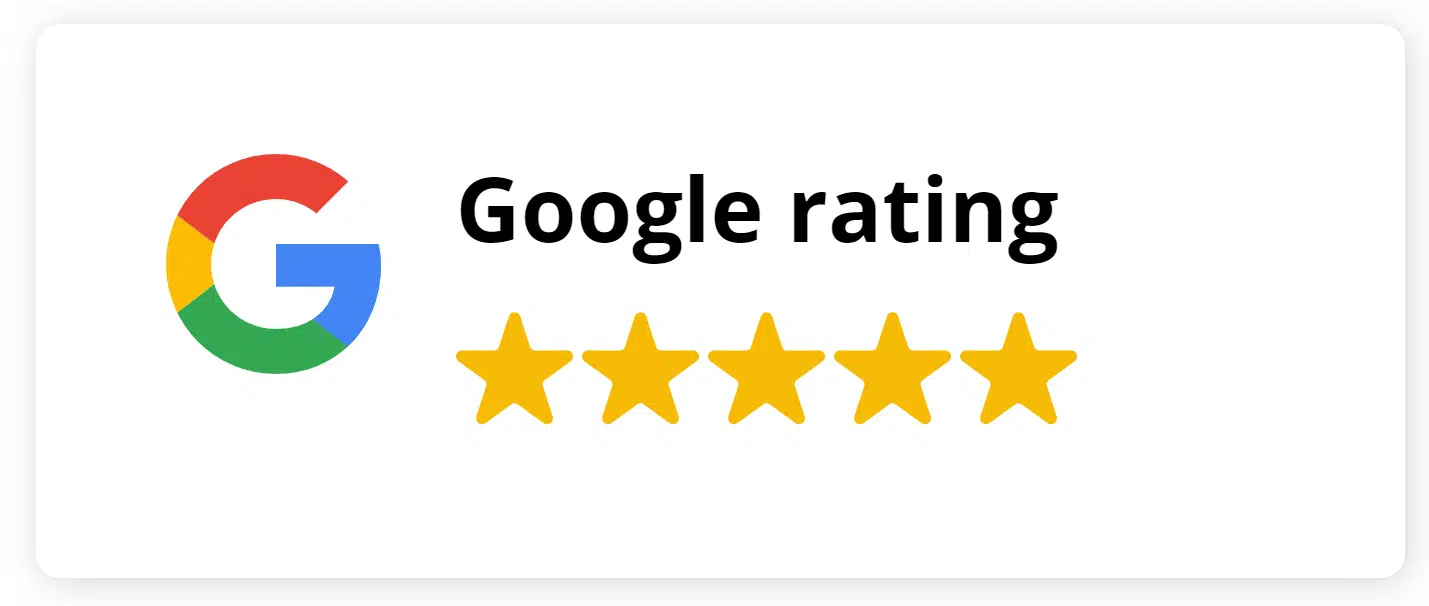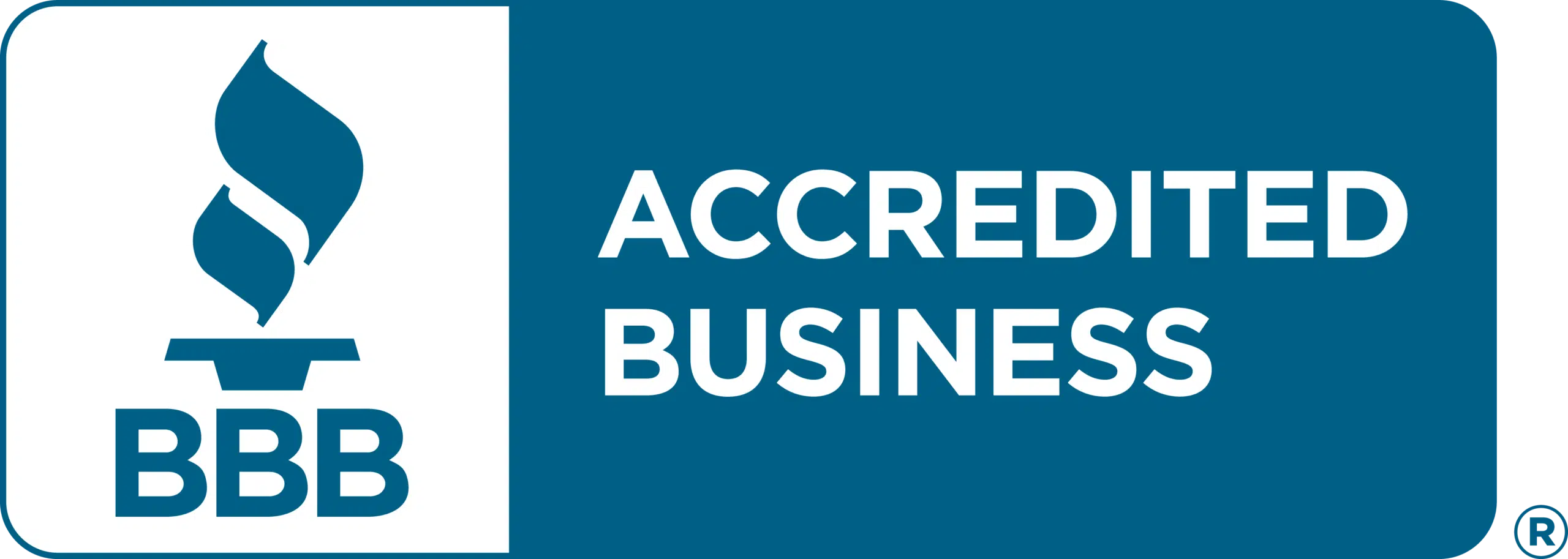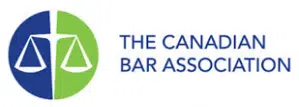Home Equity Lines of Credit (HELOCs) have become increasingly popular as a versatile financing tool. HELOCs allow homeowners to leverage their home equity to secure a flexible and accessible line of credit. This article explores how HELOCs work in Ontario, their potential uses, and the risks and benefits of tapping into home equity for financing.
Understanding HELOCs in Ontario
A HELOC is a financial product that allows homeowners to access funds using their home equity as collateral. Banks, credit unions, and other financial institutions typically offer HELOCs. These lines of credit are secured by the borrower’s property, making them a relatively low-risk form of borrowing for lenders.
How HELOCs Work
HELOCs function much like a credit card with a revolving credit limit. The credit limit on a HELOC combined with a mortgage can be a maximum of 65% of your home’s purchase price or market value. This credit limit can be accessed at any time, either in whole or in part, and interest is only charged on the amount borrowed.
HELOCs typically have two phases:
- Draw Period: During this phase, which can last several years, homeowners can withdraw funds up to the approved credit limit as needed. Monthly payments typically consist of interest only.
- Repayment Period: The HELOC enters the repayment phase after the draw period ends. During this time, homeowners can no longer withdraw funds and must make principal and interest payments. The length of the repayment period varies among lenders.
Potential Uses of HELOCs in Ontario
HELOCs offer tremendous flexibility in how homeowners can utilize their home equity. While the specific uses may vary, some common applications of HELOCs in Ontario include:
- Home Renovations: Many homeowners use HELOC funds to finance home improvement projects, increasing their property’s value.
- Debt Consolidation: Consolidating high-interest debts, such as credit card balances or personal loans, into a HELOC can lead to significant interest savings.
- Education Expenses: HELOCs can be a source of funding for education costs for the homeowner or their children.
- Investments: Savvy investors may use HELOCs to finance investment opportunities, such as purchasing stocks, real estate, or starting a business.
- Emergency Funds: A HELOC can serve as an emergency fund, providing a financial safety net for unexpected expenses.
- Large Purchases: Homeowners may use HELOC funds to make significant purchases, such as a new vehicle or a vacation property.
Benefits of HELOCs in Ontario
HELOCs offer several advantages for homeowners in Ontario:
- Low-Interest Rates: HELOCs often have lower interest rates than unsecured lines of credit or credit cards due to the secured nature of the loan.
- Interest Deductibility: Sometimes, the interest paid on a HELOC may be tax-deductible when the funds are used for eligible investment purposes, such as investing in income-producing properties or businesses.
- Flexibility: Homeowners can access funds as needed, making HELOCs a versatile financing tool.
- Potential for Investment Returns: When used strategically, HELOC funds can be invested that may be able to generate returns that exceed the cost of borrowing.
- Debt Consolidation: Combining high-interest debts into a HELOC can simplify finances and reduce overall interest costs.
Risks and Considerations
While HELOCs offer numerous benefits, they also come with risks and considerations:
- Risk of Property Devaluation: If the real estate market experiences a downturn, the value of the property used as collateral may decrease, potentially leading to negative equity.
- Interest Rate Fluctuations: HELOCs often have variable interest rates, making monthly payments subject to fluctuations in interest rates.
- Debt Accumulation: The accessibility of HELOC funds can tempt homeowners to accumulate more debt than they can comfortably manage.
- Potential for Foreclosure: Defaulting on HELOC payments can lead to foreclosure, resulting in the loss of the home.
- Repayment Obligations: Once the draw period ends, homeowners must make principal and interest payments, which can be significantly higher than interest-only payments.
- Financial Discipline: Effective financial management is crucial when using a HELOC to avoid overindebtedness.
Fees
Fees may vary between home equity lines of credit. Some common fees include:
- Home appraisal or valuation fees: Lender may charge this fee to send someone to assess your home’s value
- Legal fees: Lawyer or title service company charges this fee to register the collateral charge on your home
- Title search fees: This is another legal fee to ensure there are no liens on your home
- Administration fees: Your lender may charge this fee for setting up and maintaining your account
- Credit insurance fees: also known as premiums for optional life, critical illness, disability and job loss insurance
- Discharge or cancellation fees: Your lender may charge this fee if you cancel your HELOC and remove the collateral charge from the title of your home
Ask your lender about all the fees involved with your HELOC.
Legal Considerations
In Ontario, there are legal considerations related to HELOCs, including:
- Mortgage Registration: A HELOC is typically registered as a second mortgage on the property title, ranking behind the primary mortgage. This legal arrangement determines the order in which creditors are paid in case of default.
- Consent for Second Mortgage: If a homeowner already has a mortgage on their property, they may require the permission of the primary mortgage lender to establish a HELOC.
- Consumer Protection Laws: Ontario’s consumer protection laws, including disclosure requirements, apply to HELOC agreements, ensuring borrowers are informed about the terms and conditions.
- Interest Deductibility Rules: When using HELOC funds for investment purposes, homeowners should be aware of the specific rules governing interest deductibility for tax purposes.
Summary
In Ontario, a Home Equity Line of Credit (HELOC) represents a powerful financial tool for homeowners to leverage their property’s equity. While HELOCs offer flexibility, low-interest rates, and various potential uses, they also come with risks and responsibilities. Homeowners and legal professionals must be well-informed about the legal, financial, and tax implications of HELOCs to make sound decisions that align with their financial goals and circumstances. As with any financial decision, careful consideration and prudent financial management are essential when tapping into home equity through a HELOC in Ontario.
If you need more information on registering your HELOC, contact us today and learn how an Ontario real estate lawyer can help you!
The information provided above is of a general nature and should not be considered legal advice. Every transaction or circumstance is unique, and obtaining specific legal advice is necessary to address your particular requirements. Therefore, if you have any legal questions, it is recommended that you consult with a lawyer.







